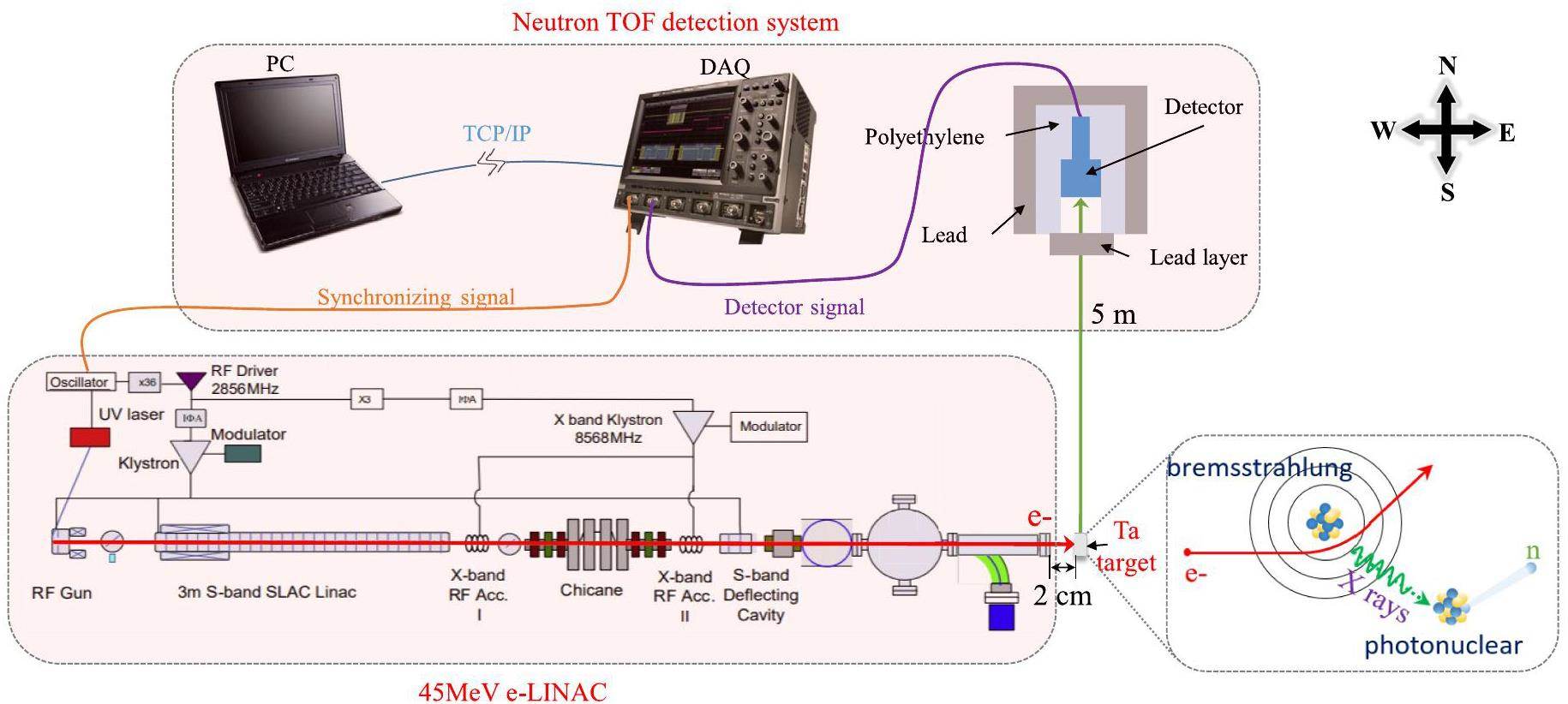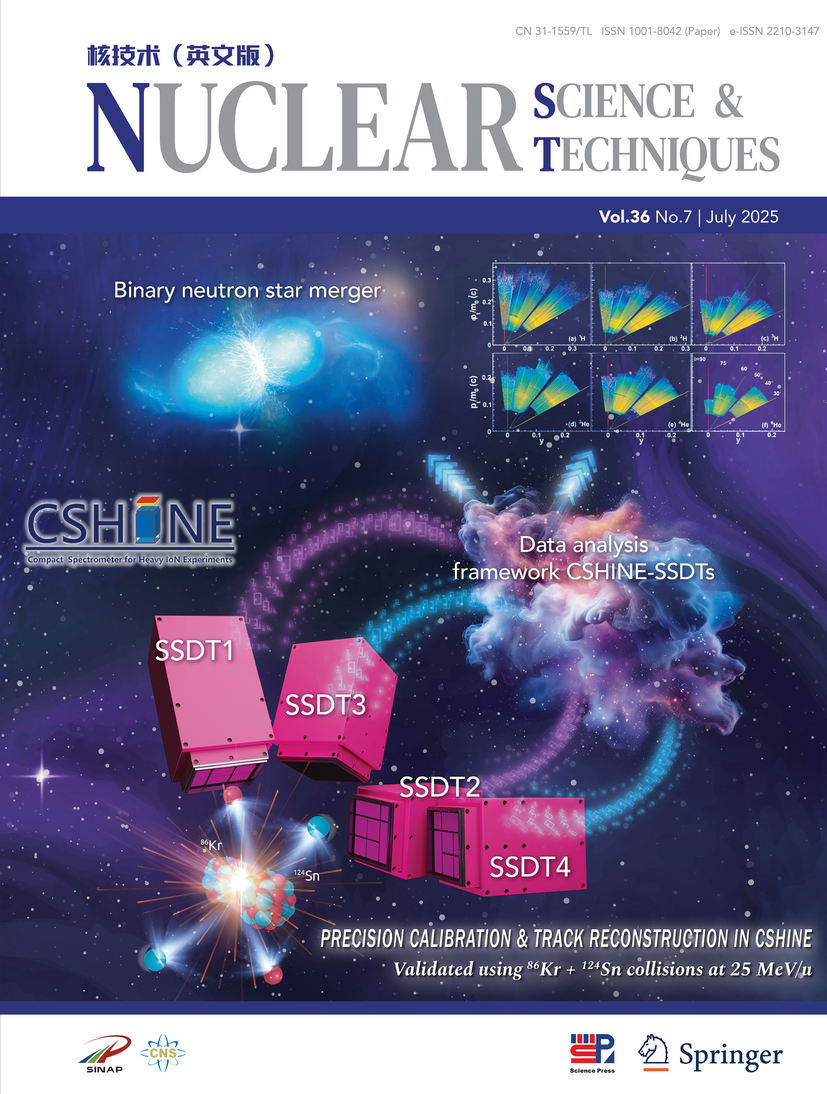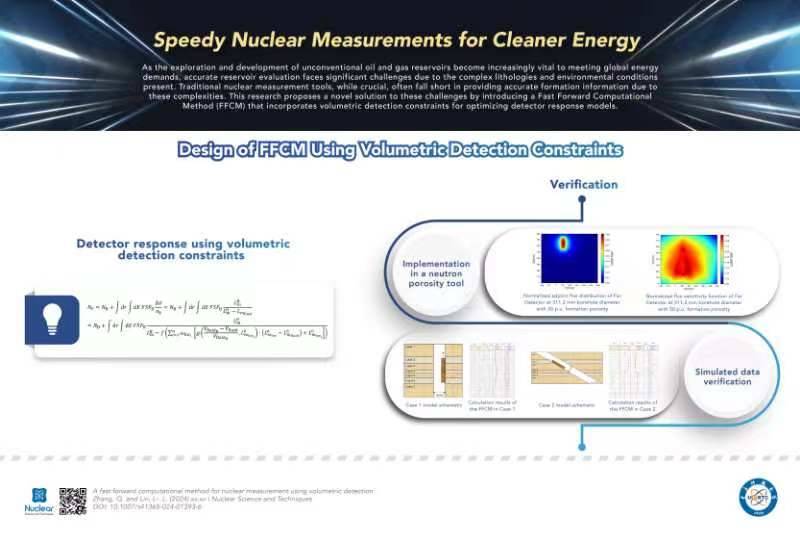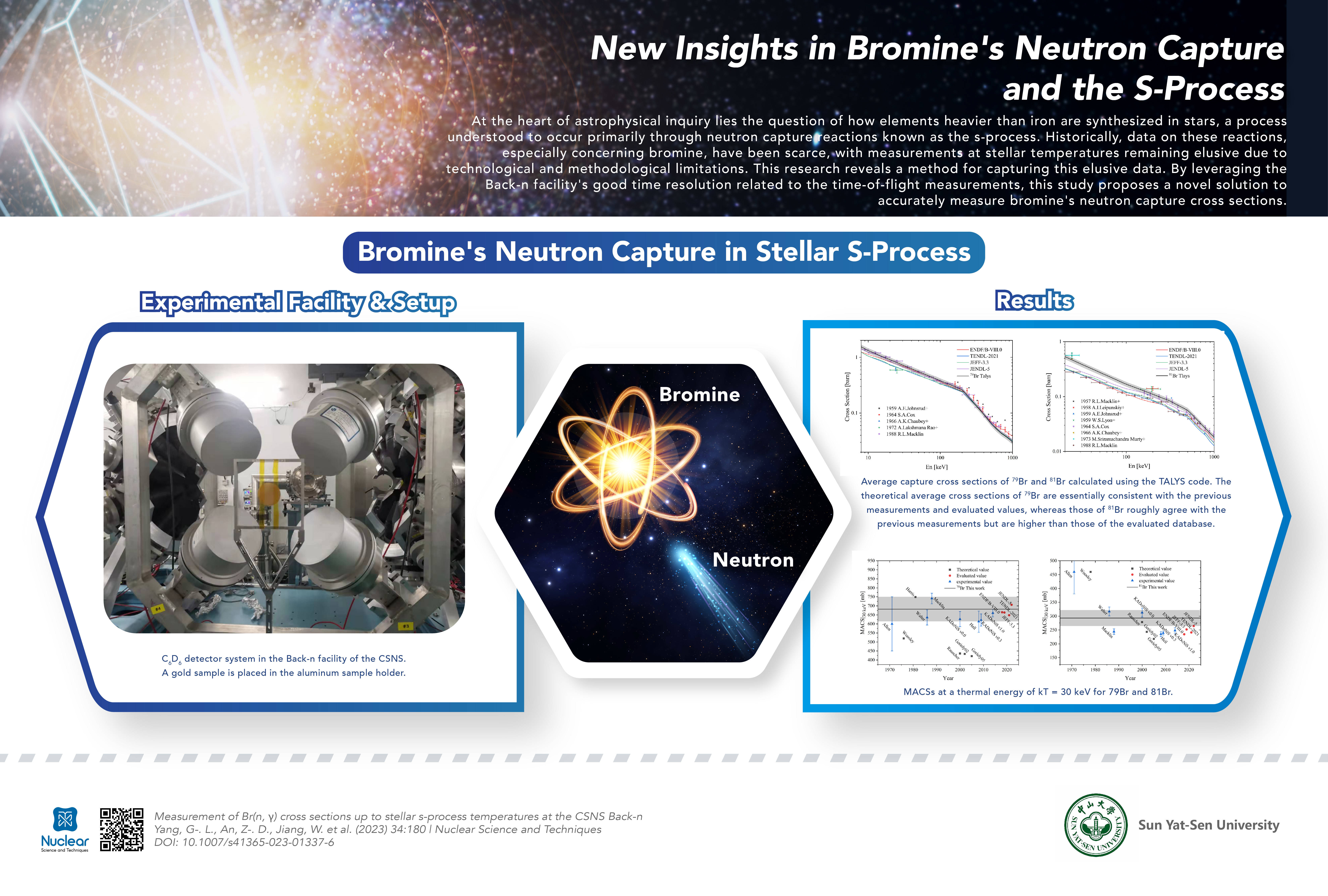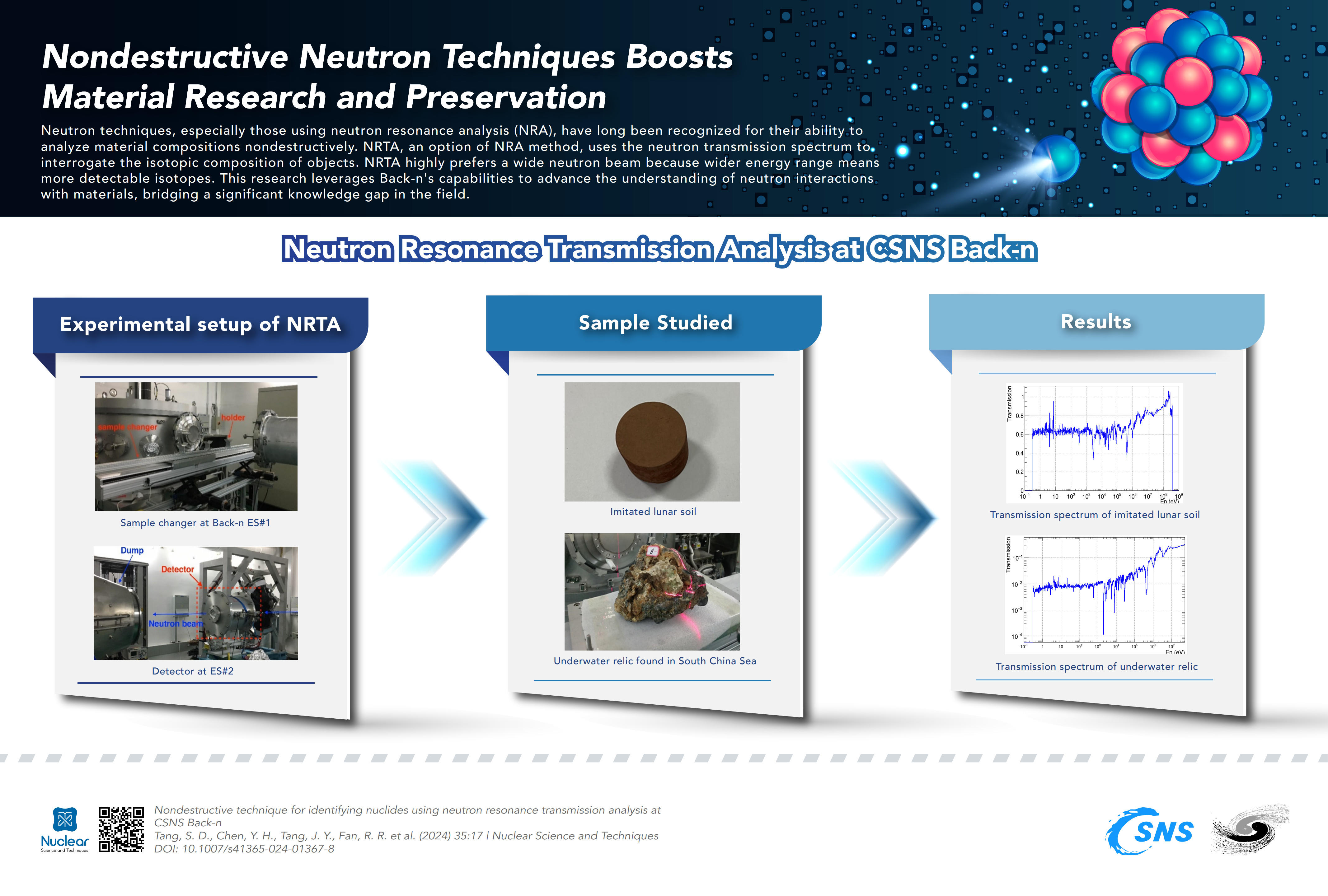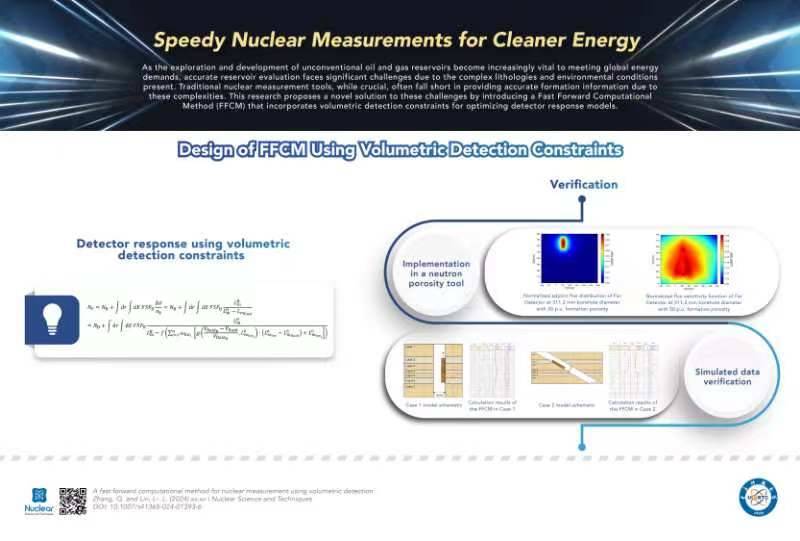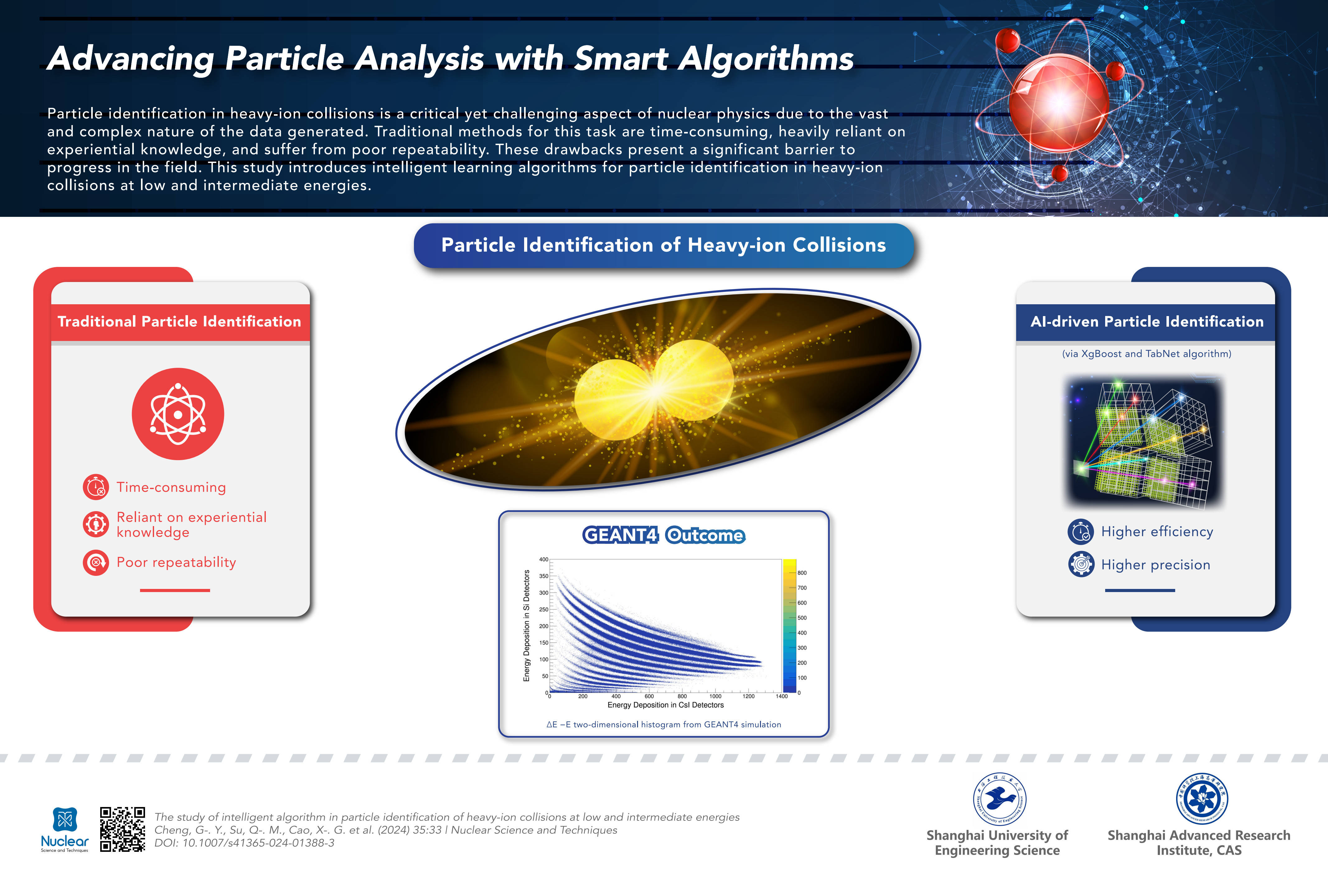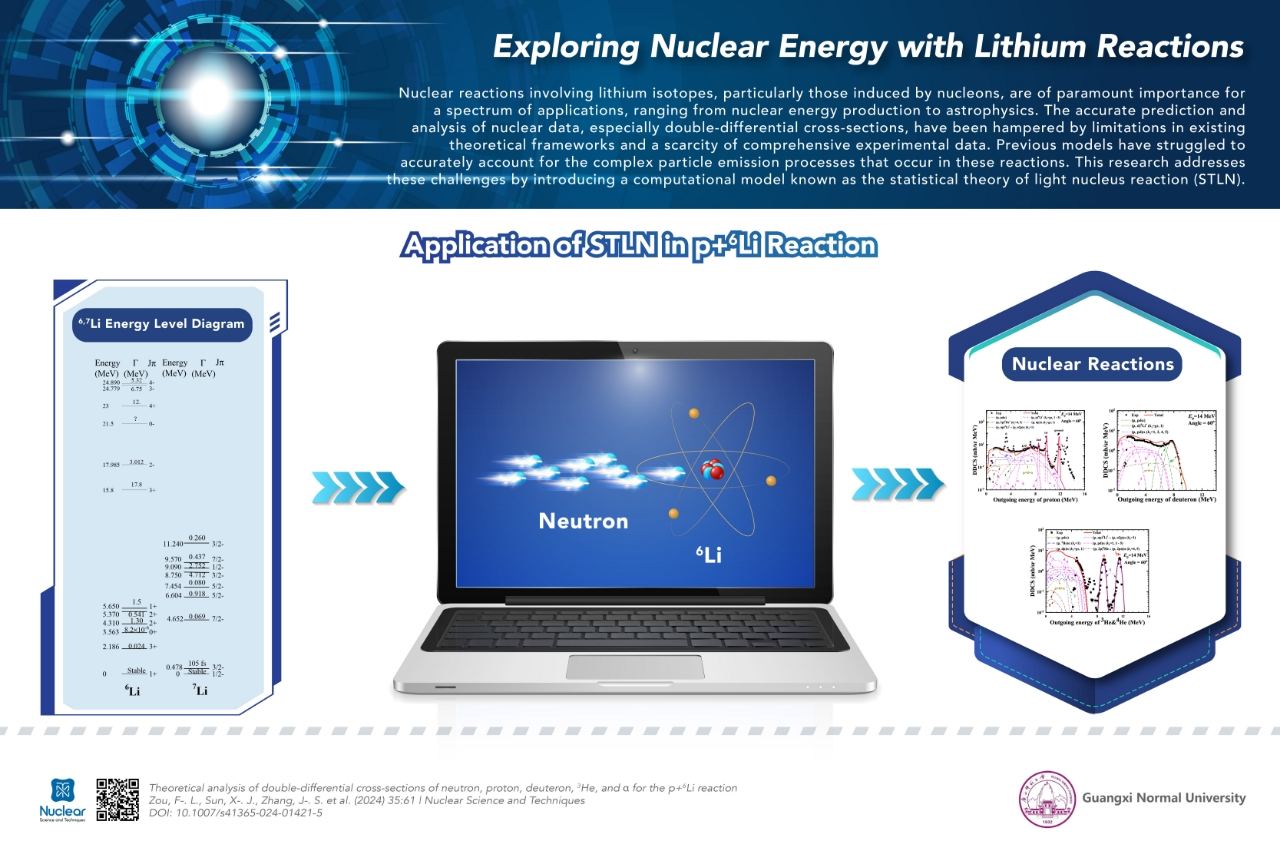Research article07 May 2025
Deep learning-based compressed sampling reconstruction algorithm for digitizing intensive neutron ToF signals
Neutron time-of-flight (ToF) measurement is a highly accurate method for obtaining the kinetic energy of A neutron by measuring its velocity, but requires precise acquisition of the neutron signal arrival time. However, the high hardware costs and data burden associated with the acquisition of neutron ToF signals pose significant challenges. Higher sampling rates increase the data volume, data processing, and storage hardware costs. Compressed sampling can address these challenges, but it faces issues regarding optimal sampling efficiency and high-quality reconstructed signals. This paper proposes a revolutionary deep learning-based compressed sampling (DL-CS) algorithm for reconstructing neutron ToF signals that outperforms traditional compressed sampling methods. This approach comprises four modules: random projection, rising dimensions, initial reconstruction, and final reconstruction. Initially, the technique adaptively compresses neutron ToF signals sequentially using three convolutional layers, replacing random measurement matrices in traditional compressed sampling theory. Subsequently, the signals are reconstructed using a modified inception module, long short-term memory, and self-attention. The performance of this deep-compressed sampling method was quantified using the percentage root-mean-square difference, correlation coefficient, and reconstruction time. Experimental results showed that our proposed DL-CS approach can significantly enhance signal quality compared with other compressed sampling methods. This is evidenced by a percentage root-mean-square difference, correlation coefficient, and reconstruction time results of 5%, 0.9988, and 0.0108 s, respectively, obtained for sampling rates below 10% for the neutron ToF signal generated using an electron-beam-driven photoneutron source. The results showed that the proposed DL-CS approach significantly improves the signal quality compared with other compressed sampling methods, exhibiting excellent reconstruction accuracy and speed.
Xian-Guo Tuo, Qi-Biao Wang, Chao Deng, Shu-Jun Wang, Qin Hu, Ying-Hong Tang, Peng-Cheng Li, Bo Xie, Jian-Bo Yang


